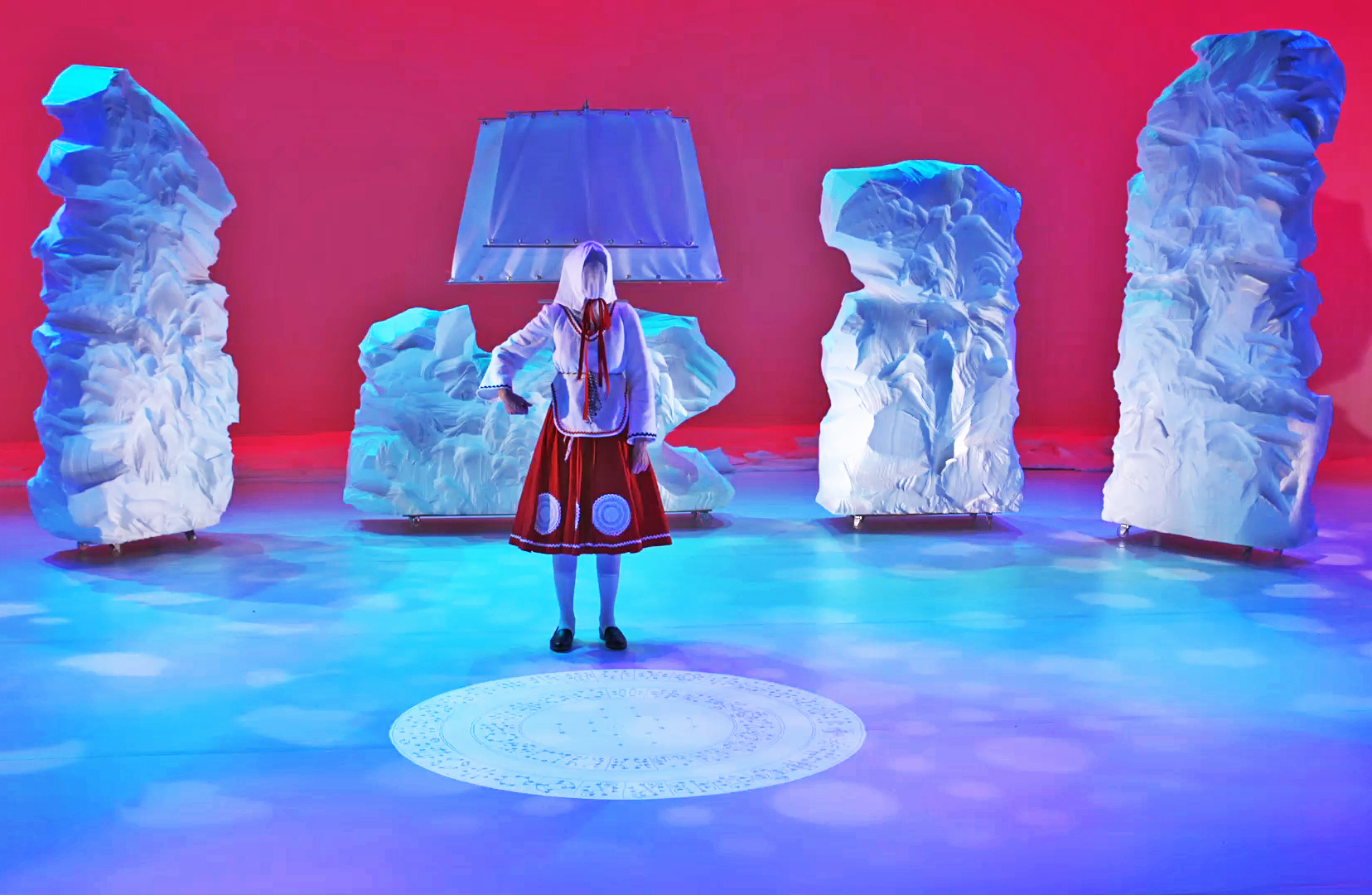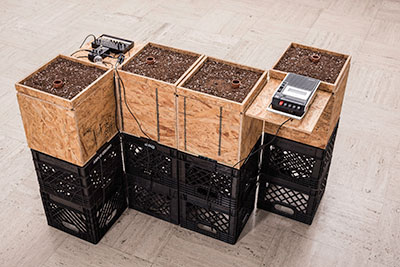Artist-in-Residence
The Artist-in-Residence Program brings an artist or art collective to the University of Rochester for one academic year to conduct research, produce a body of work, and teach a selection of studio art courses.
The resident artist(s) is given the opportunity to pursue research and/or realize a specific project while drawing on the University's resources, including its labs and facilities, faculty and student body, practice and performance space, and archives, libraries, research centers, and special collections
During the course of their residencies, the artist(s) will create a project that engages with the campus and greater community and will give one public presentation along with a cumulative exhibition, performance, screening, or public installation.
Candidates for the program include those who recently graduated with their MFA or PhD, or already established artists who demonstrate the ability to collaborate across disciplinary fields.


